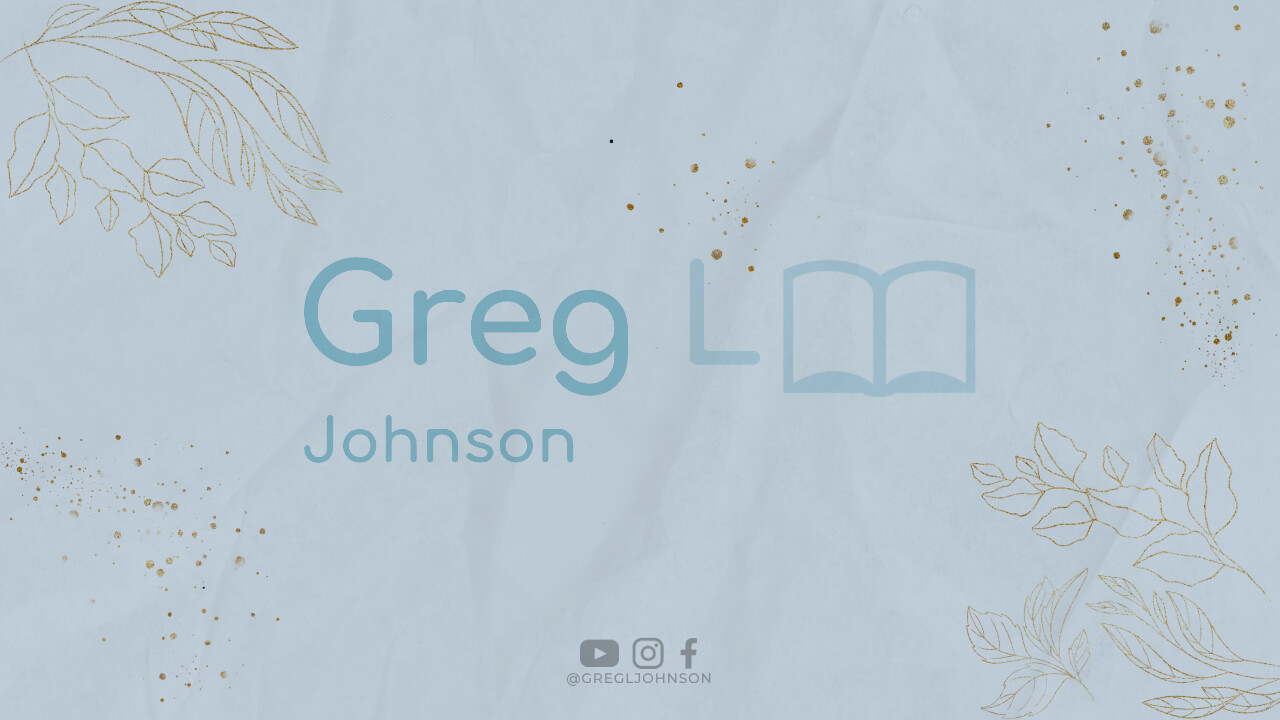Indonesia is a country rich in culture, and one of the most prominent traditional art forms in the country is pantun. Pantun is a form of poetry that originated in the Malay world, which includes Indonesia, Malaysia, Singapore, and Brunei. It is a unique and beautiful form of poetry that requires skill and creativity to master. In this article, we will explore the history, structure, and significance of pantun.
History of Pantun
The origins of pantun can be traced back to the 15th century, during the reign of the Malacca Sultanate. It was a popular form of entertainment among the royalty and aristocrats. The word “pantun” is derived from the Malay word “pantun puitis,” which means “poetic expression.” It was traditionally used as a form of communication between lovers, but it also evolved into a medium for social commentary, satire, and storytelling. Pantun was eventually adopted by other Malay-speaking regions, including Indonesia, Malaysia, Singapore, and Brunei.
Structure of Pantun
Pantun is a form of poetry that consists of four-line verses. Each line has a specific rhyme scheme, and there is a strict syllable count for each line. The first and second lines of the pantun rhyme with each other, while the third and fourth lines have a different rhyme. The syllable count for each line is typically 8-12 syllables.
There are different variations of pantun, but the most common form is the A-B-A-B rhyme scheme. In this form, the first and second lines rhyme with each other, and the third and fourth lines rhyme with each other. The first and second lines of the second stanza also rhyme with each other, but they have a different rhyme from the first stanza. This pattern continues for as many stanzas as the poet wants to write.
Significance of Pantun
Pantun is a significant part of Indonesian culture. It is often performed at weddings, cultural festivals, and other special occasions. It is also used to convey messages of love, friendship, and social commentary. Pantun is a way to express emotions and ideas in a creative and artistic way.
One of the unique aspects of pantun is its use of metaphor and symbolism. The use of metaphors and symbols allows the poet to convey complex ideas and emotions in a succinct and poetic way. It is a way to communicate indirectly, which is often more powerful than direct communication.
Examples of Pantun
Here are some examples of pantun:
Di suatu hari yang cerah,
Kita berjalan di taman,
Aku berbisik di telinga,
Kau yang terindah di hati.
In a bright and sunny day,
We walk in the park,
I whisper in your ear,
You are the most beautiful in my heart.
Pulau Bali yang indah,
Pamerkan kecantikannya,
Dari pantai hingga gunung,
Bali tetaplah eksotis.
The beautiful island of Bali,
Showcases its beauty,
From the beach to the mountain,
Bali remains exotic.
Conclusion
Pantun is a beautiful and unique form of poetry that has been an important part of Indonesian culture for centuries. Its use of metaphor and symbolism allows poets to convey complex ideas and emotions in a succinct and poetic way. It is a way to express love, friendship, and social commentary, and it is often performed at special occasions and cultural festivals. Pantun is a testament to the creativity and artistry of Indonesian culture, and it will continue to be an important part of Indonesian heritage for generations to come.



